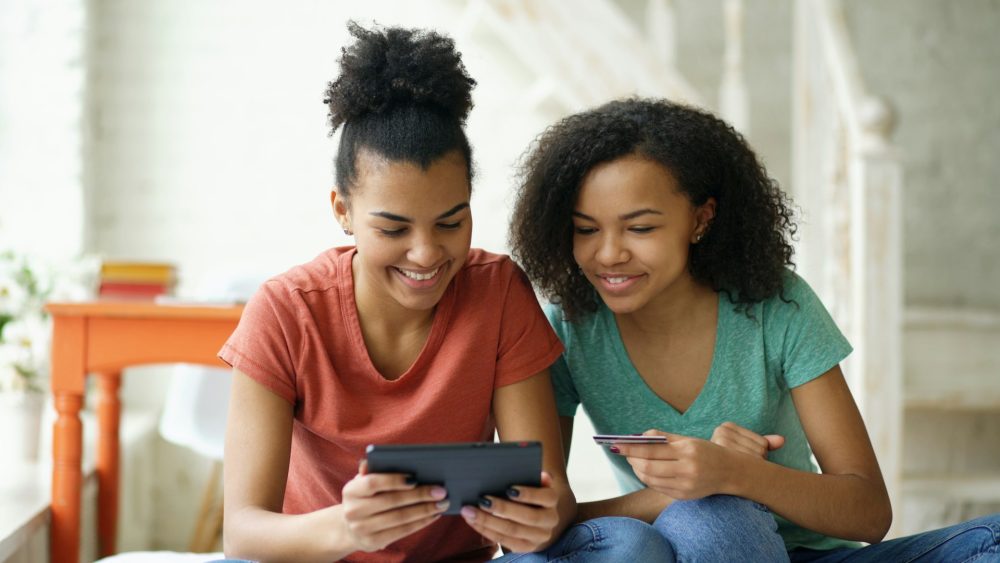Business
Export not the ‘key ingredient’ to increase in US milk prices
Farmers need to manage price risk and traders can take advantage of the trending market.

Exports are an essential part of the dairy industry, but improving exports may not immediately increase farm gate milk prices. There are other factors involved and must be taken into consideration when analyzing market potential.
Exports are a very essential part of the dairy industry for our country. U.S. Dairy exports accounted for 14.2% of our total solids milk production in 2016. The five-year average has been 14.4%. This level has been increasing, but decline in later 2014 and 2015 due to U.S dairy product prices being substantially higher than world prices. This hindered export opportunities. There is a farmer-funded program in place that aids in the export of dairy products called the Export Enhancement Program administered by Cooperatives Working Together (CWT). Requests are submitted to CWT to aid in the export of dairy products and if accepted, these exports are subsidized by a 4-cent per hundredweight check-off of the milk produced each month. This is a voluntary program through those who are members of co-ops or individuals supporting this program.
In 2016, this program assisted in the exports of 50.322 million pounds of American-type cheese, 12.125 million pounds of butter, and 21.316 million pounds of whole milk powder distributed to 23 countries. This is equivalent to 822.911 million pounds of milk on a milkfat basis. This farmer-funded program certainly has aided in overall export volume. There is one question with this program that is difficult to answer and that is whether some of there exports would have taken place anyway even if there was no funding. As long as another country could receive dairy products at a reduced price, why not apply for this opportunity? So there is some question as to whether this program has really had an impact in raising U.S. prices. However, this program has moved dairy products to countries that normally do not purchase from the U.S. and thereby open the door for more export business in the future.
Even though we export a significant amount of dairy products, we also import a significant amount of dairy products. Imports of dairy products last year totaled 3.8% of production. This is the reason there is a plentiful supply of dairy products for consumers. If imports decline, U.S. prices are expected to improve and visa versa. However, this is not always the case. Many times imports will decrease if domestic prices decline. There is less need for buyers to reach out to the international market as supply is plentiful and the reason prices are lower. Imports will increase if prices escalate and supply is tight requiring buyers to reach out for supply as well as a potentially less expensive product. There are certain varieties of dairy products that always are imported due to variety and type that may not be produced or produced in sufficient quantity in the U.S.
The past six months has been interesting as this pattern has not been unfolded as expected. Exports have improved relative to the previous year, but it may be doing little to improve farm milk prices. Milk prices for the first two months of this year are about $3.00 per hundredweight above last year which is a result of improved exports as well as improved domestic demand. However, current weakness of cheese prices resulting in significant declines of milk futures dims the outlook for improving milk incomes if the current trend is to continue.
The expectation for higher exports due to reduced milk production in New Zealand, Australia, and some European countries was touted as the cure for lower milk prices in 2016 prompting many to anticipate significantly higher dairy farm incomes. However, those who camped on just improved exports to lift prices left out the fact that milk production continues to increase with milk supply exceeding demand. Total cheese inventory in 2016 set new records in 8 of the 12 months. January 2017 set another new record of inventory for the month. The market will balance all aspects and categories and the current trend is a weaker market and lower prices unless demand begins to match or exceed supply. It appears lower milk futures and milk prices are yet to come before support will be found and prices will trend higher. Farmers need to manage price risk and traders can take advantage of the trending market.
—
DISCLAIMER: This article expresses my own ideas and opinions. Any information I have shared are from sources that I believe to be reliable and accurate. I did not receive any financial compensation in writing this post, nor do I own any shares in any company I’ve mentioned. I encourage any reader to do their own diligent research first before making any investment decisions.

-

 Crowdfunding1 week ago
Crowdfunding1 week agoDigital Finance Fosters Inclusivity: Women and Minorities Lead in Italian Equity Crowdfunding
-

 Africa2 weeks ago
Africa2 weeks agoMorocco’s Agri-Food Sector Poised for Strategic Growth
-

 Cannabis2 days ago
Cannabis2 days agoLuxembourg’s Cannabis Paradox: Legal at Home, Restricted Everywhere Else
-

 Markets1 week ago
Markets1 week agoRice Market Update: Prices Dip Amid Weak Exports and Global Pressure


























You must be logged in to post a comment Login